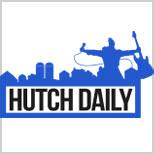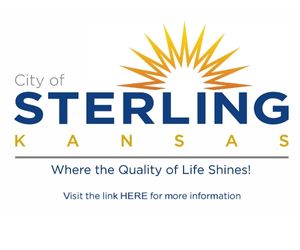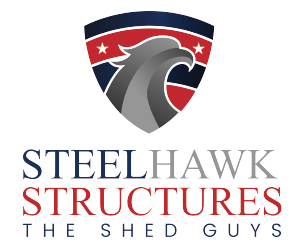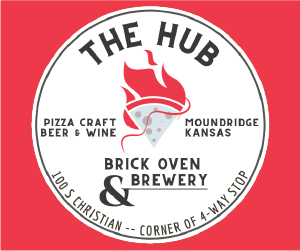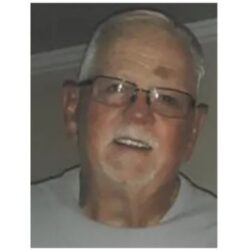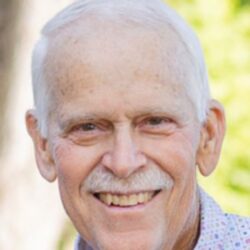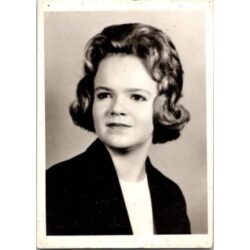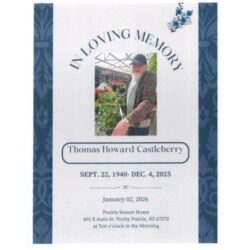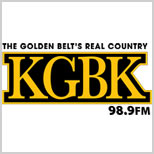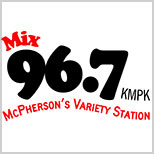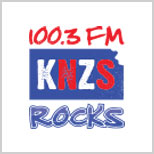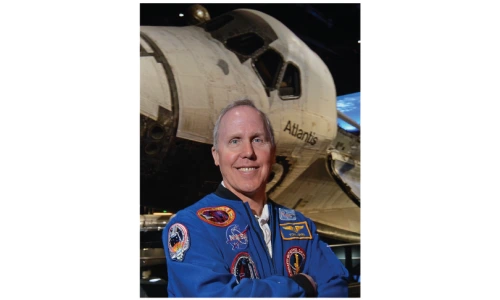
HUTCHINSON, Kan. — Two astronauts, Dr. Thomas Jones and Steve Swanson will be coming to The Clayworks in Hutchinson soon. Dr. Jones will be first, on Feb. 2 at 11 a.m., followed by Swanson on March 12 at 9 a.m.
Dr. Tom Jones is a veteran NASA astronaut, scientist, author, pilot, and nationwide speaker.
In more than eleven years with NASA, Dr. Jones flew on four space shuttle missions. In 2001, Dr. Jones led three spacewalks to install the centerpiece of the International Space Station, the American Destiny laboratory. He has also spent 53 days working and living in space.
Dr. Jones was inducted into the U.S. Astronaut Hall of Fame in 2018 and has earned many awards including the NASA Distinguished Service Medal, four NASA Space Flight Medals, the NASA Exceptional Service award, the NASA Outstanding Leadership Medal, the NASA Exceptional Public Service award, Phi Beta Kappa, the Air Force Commendation Medal, and Distinguished Eagle Scout. Asteroid 1082 Tom Jones is named in his honor.
He is the author of seven space, aviation, and history books: Ask the Astronaut, Planetology, (written with Ellen Stofan), Hell Hawks! The Untold Story of the American Fliers Who Savaged Hitler’s Wehrmacht (with Robert F. Dorr), and Sky Walking: An Astronaut’s Memoir. His latest is Space Shuttle Stories.
For more information about Astronaut Tom Jones, visit his page at astronauttomjones.com.
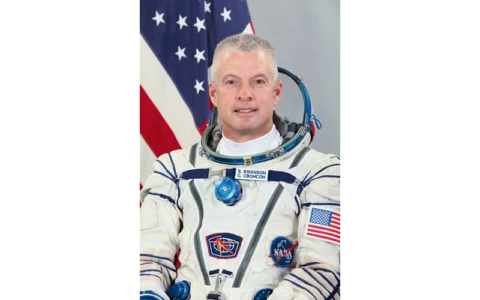
Biographical Data from the National Aeronautics and Space Administration (Feb. 2016)
Astronaut Steven Swanson joined NASA as a systems engineer and a flight engineer in the Aircraft Operations Division of NASA’s Johnson Space Center working on the Shuttle Training Aircraft (STA). During his time with the STA, Swanson worked to improve the STA’s navigation and control systems and incorporate a real-time wind determination algorithm.
In May of 1998, Swanson was selected as mission specialist by NASA and started training in August of 1998. After completing Astronaut Candidate training, which included intensive instruction in Shuttle and International Space Station systems, he was assigned to the Astronaut Office Space Station Operations Branch. He has also worked in the Astronaut Office Robotics Branch and as a CAPCOM (spacecraft communicator) for International Space Station and shuttle missions.
Swanson completed advance training in spacewalk, shuttle and space station robotic arm operations, and shuttle rendezvous procedures. During his NASA career, Swanson has completed four spacewalks totaling 26 hours, 22 minutes and accumulated 195 days, 15 hours, 41 minutes in space.
STS-117 Atlantis (June 8-22, 2007) was the 118th shuttle mission and the 21st mission to visit the International Space Station, delivering the second starboard truss segment, the third set of United States solar arrays, batteries and associated equipment. This successful construction and repair mission involved four spacewalks by two teams of astronauts. Swanson accumulated 13 hours and 45 minutes of extra vehicular activity during two spacewalks. The mission also delivered and returned with an expedition crew member. STS-117 landed at Edwards Air Force Base, California, having traveled 5.8 million miles in 14 days.
STS-119 Discovery (March 15-28, 2009) was the 125th shuttle mission and the 28th mission to visit the space station, delivering the final starboard truss segment, S6. As part of S6, the fourth and final set of U.S. solar arrays, batteries and associated equipment were also delivered, installed and deployed. The successful construction mission consisted of three spacewalks. Swanson conducted two of the spacewalks totaling 12 hours and 37 minutes. STS-119 landed at the NASA’s Kennedy Space Center after traveling 5.3 million miles in 13 days.
On March 25, 2014, Swanson and fellow crewmates Alexander Skvortsov and Oleg Artemyev launched aboard a Russian Soyuz rocket (TMA-12M) from Baikonur, Kazakhstan as members of Expedition 39. The crew docked with the International Space Station on March 27. During his six-month tour of duty aboard the orbiting laboratory, Swanson performed various Earth remote sensing and biology, bone and muscle physiology studies. In May 2014, Swanson assumed command of the station with the departure of Expedition 39 Commander Koichi Wakata. Expedition 40 concluded on September 10 with a safe landing in central Kazakhstan, marking an end to 169 days in space that covered almost 72 million miles in orbit.
For more information, you can read about Astronaut Swanson at swanson.pdf (nasa.gov).
